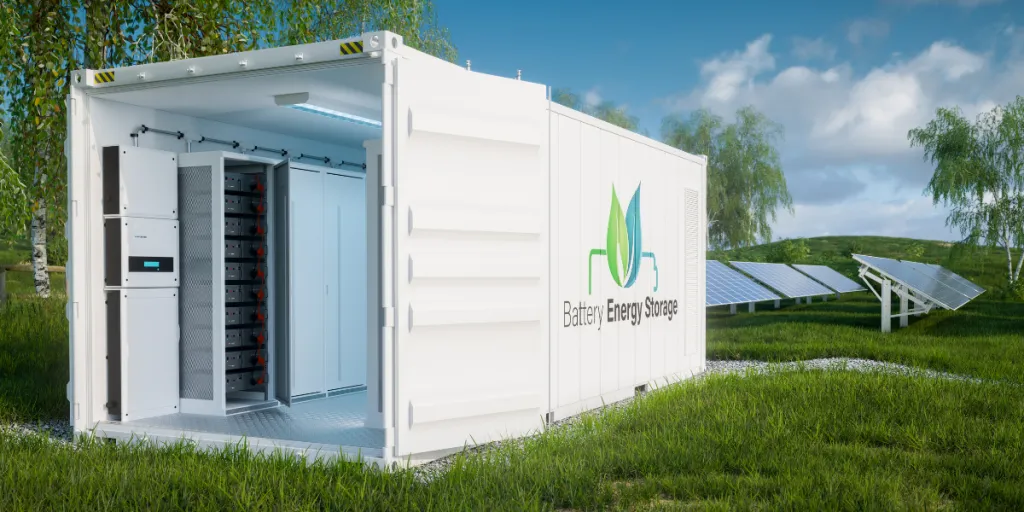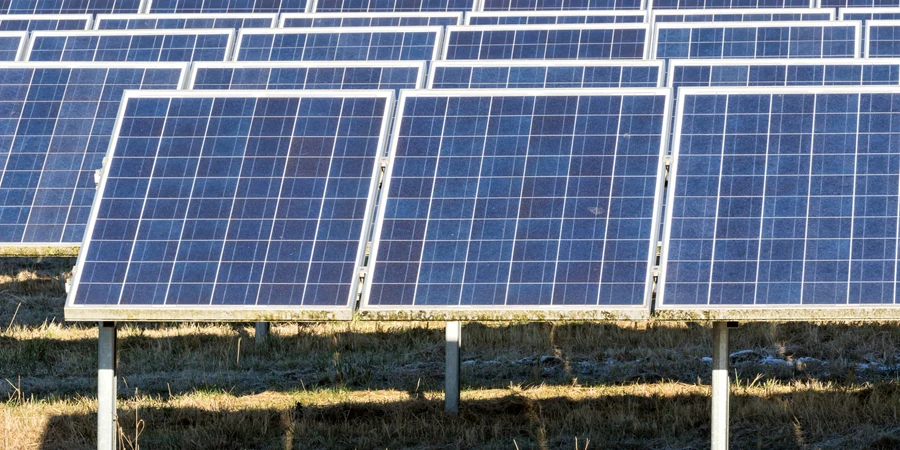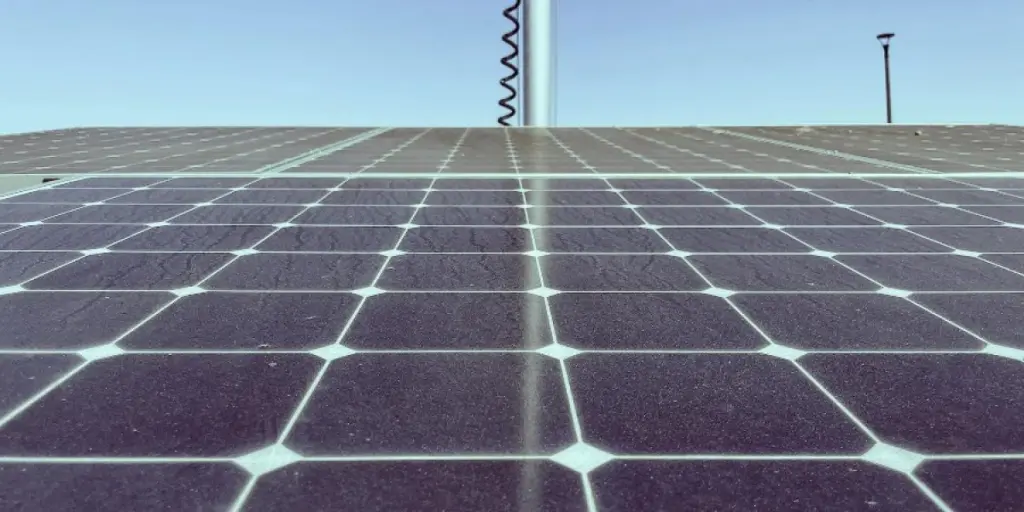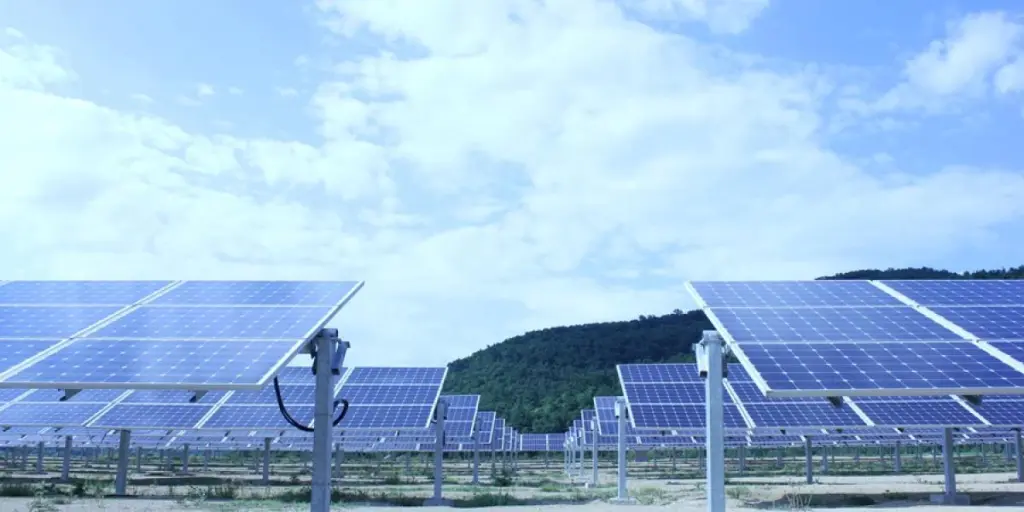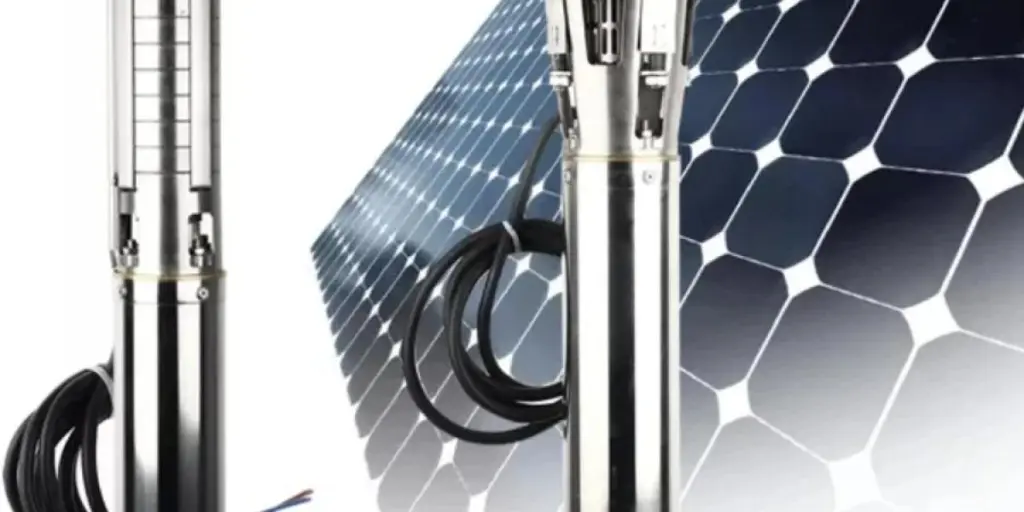A solar power system harnesses free and clean energy from the sun for more savings on your energy bills. Integrating battery packs into the system gives you maximum savings and independence.
The modification provides battery storage for the energy captured during the day. This energy is what you use when it’s cloudy. The packs also serve as a backup when the grid is down.
Besides providing reliable home battery backup power, you can sell the excess back to the grid and save on utility costs through net metering.
We’ll explain how solar batteries work and how to add a home battery backup system to your solar power system.
Table of Contents
How solar batteries work
Adding batteries to your solar power system
Best solar battery packs to add to your solar system
Conclusion
How solar batteries work
When the sun is shining, the solar panels collect the energy and convert it into DC (direct current) electricity. The electricity then goes into the inverter, where it’s converted to AC (alternating current).
You use this form of energy to power your home and business lights, devices, and appliances.
Any surplus energy is stored in the connected solar-powered battery pack. When the sun goes down or solar production is lower on cloudy days, the reserved energy powers your home or business.
Some grid-tied systems are not designed to have battery storage. Instead of storing the excess energy, this electricity is fed into the electrical grid.
Adding batteries to your solar power system
With solar and battery backup, you can rest assured of power even without a solar battery backup generator.
Here’s how to create a solar and battery storage system using solar panels with battery storage.
AC coupling
A grid-tie inverter depends on power from the grid to operate—it constantly senses the grid voltage. If there’s an outage, the system shuts down.
AC coupling pairs the grid-tied inverter with a battery-based inverter and a battery bank. The battery-based inverter charges the batteries and functions as a second power source.
This makes the grid inverter operate as though the grid is still up. When there’s an outage, the inverter will continue working (though it will be disconnected from the grid to prevent sending electricity back into the grid).
DC coupling
In DC coupling, you connect the battery directly to the solar panels.
AC coupling involves converting DC to AC for distribution and then back to DC for storage. But DC electricity flows directly from the solar panels to the batteries in DC coupling.
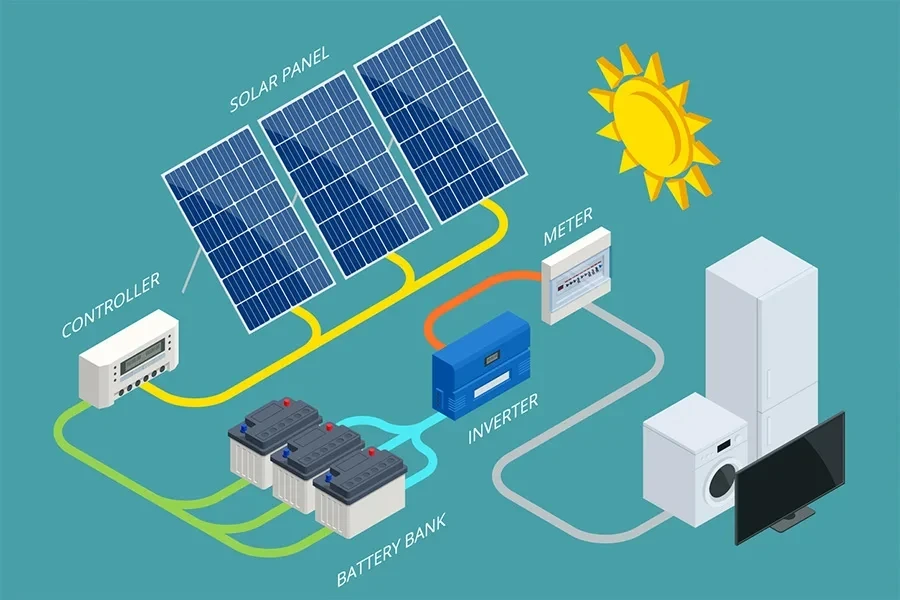
The power then passes through an inverter, which is converted into AC for use. The excess energy can still be fed back into the electrical grid.
Replace a grid-tie inverter with a storage-ready inverter
Alternatively, replace your grid-tie inverter with a storage-ready inverter like the Tesla Powerwall by Shenzhen Yuyang New Energy Co.
These inverters are designed to accommodate storage and work for all existing grid-tie solar power systems. Ensure that the existing one is replaced with an inverter of the same size (or almost).
Best solar battery packs to add to your solar system
The best batteries to add to your system should endure numerous charge-discharge cycles over many years. The CTS battery by Hunan CTS Technology has a cycle life of 6,000.
They should also have excellent charge/discharge efficiency, a wide operating temperature range, and safety measures like thermal management.
GSL Tesla Powerwall battery
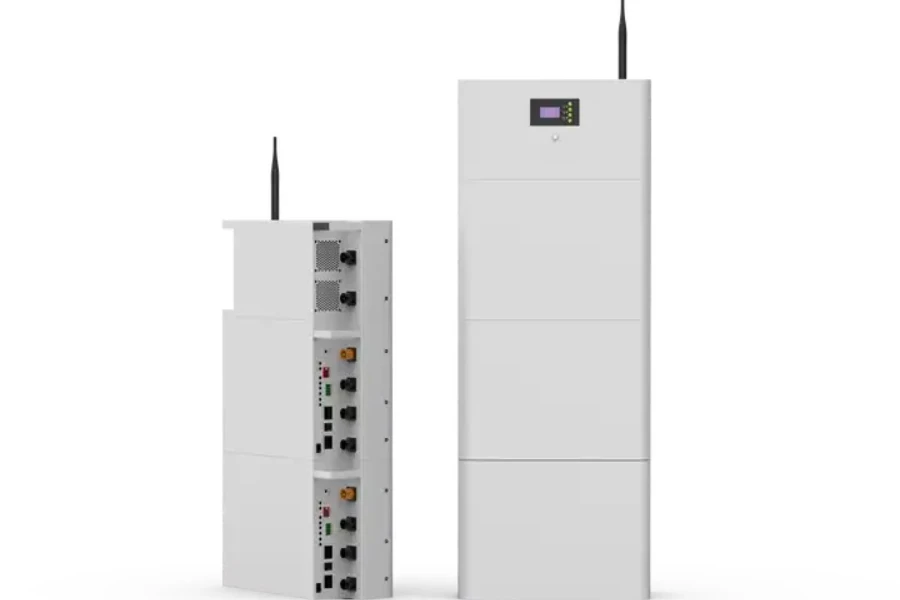
The GSL Tesla can be used for off-grid and hybrid-grid systems. It’s a LiFePO4 lithium battery with a power output range of 10–20 kWh.
The Tesla Powerwall battery is fully compatible with most inverters on the market. It has a stackable plug-and-play design with a long life cycle. Other features include:
- Multiple protections (overcharge, over-discharge, short circuit, overcurrent, and high-temperature protection)
- Intelligent BMS (battery management system) with real-time monitoring of voltage, current, temperature, and battery status
- Quick charging and a short switch time (less than 10 ms) between grid and battery after an outage
- High PV input voltage range
- Built-in anti-dust kit for harsh environments
- Battery equalization function to optimize performance and extend lifecycle
This Tesla battery backup for solar also comes with a sine-wave solar inverter and an assured 10-year design life.
CTS LiFePO4 battery
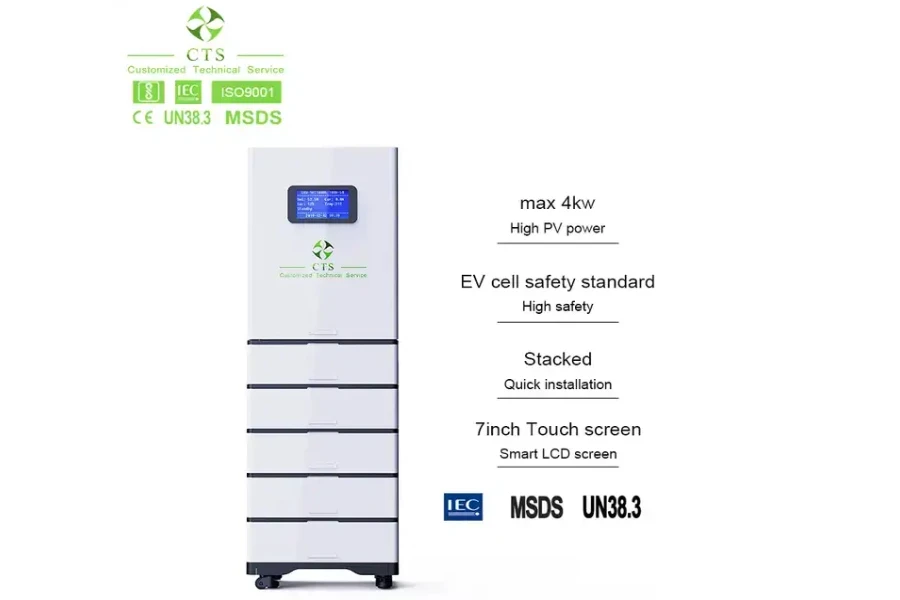
The CTS LiFePO4 is a 48V battery with a 5 kW hybrid inverter and produces 10 to 20 kWh of power. A single battery is 5 kWh, which can be stacked to 30 kWh.
For smart protection, its BMS monitors crucial data such as voltage, which prevents overcharging. The system includes a 7-inch touchscreen that displays these parameters in real-time.
There’s also an optional on-grid/off-grid inverter with 3/4/5 kW inverter modes. The battery is easy to install thanks to the pulley and rail design.
MelemLiFe commercial lithium battery storage system
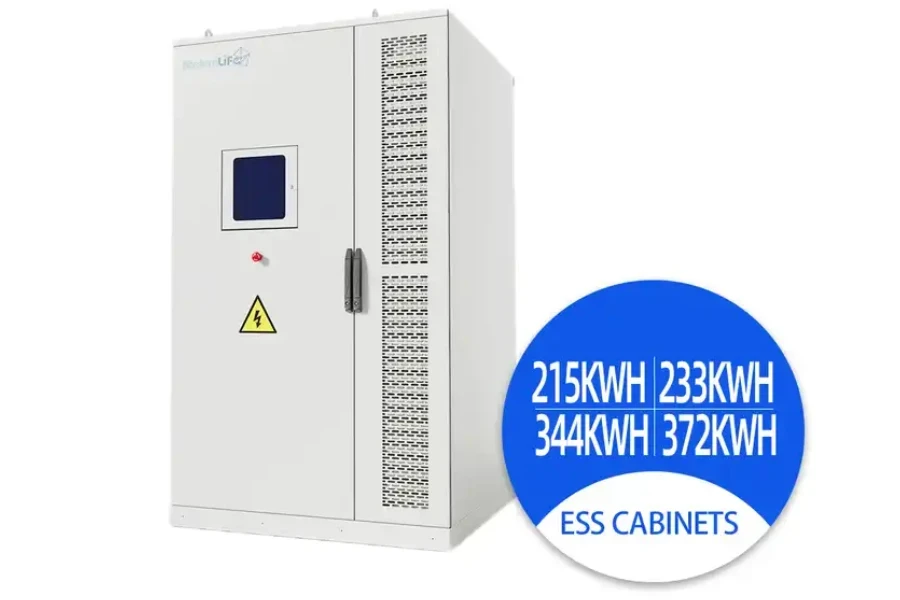
If you’re looking for a commercial solar energy battery backup, look no further than the MelemLife commercial energy storage system.
It’s designed as an all-in-one cabinet with a battery cluster, a PCS inverter, and an EMS (energy management system).
Suitable for off-grid and on-grid systems, it has a rated capacity of 215 kWh and 100 kW of charging/discharging power.
Some of its notable functions include:
- Demand control
- Load tracking
- Embedded peak shaving and valley filling
- Fault recording
- Real-time monitoring of system data
In addition, the batteries are WiFi-compatible and can be operated remotely. It also features a fire safety system, liquid-cooling technology, and remote scheduling and monitoring.
FBC LiFePO4 10 kWh off-grid battery
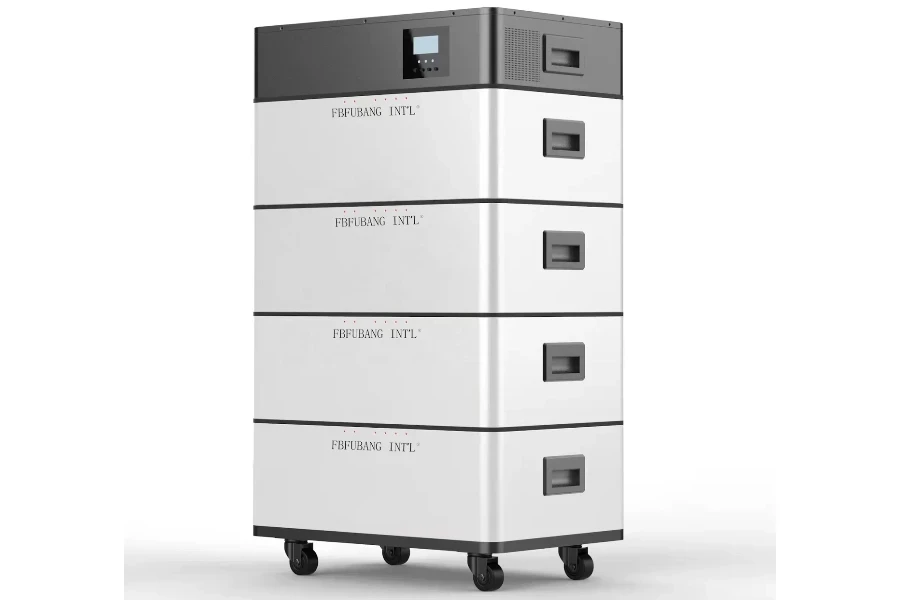
The FBC battery by Shenzhen Enersource Technology Co. outputs 5 to 10 kWh of power, scalable to 512 kWh. Its modular design allows adding more batteries in parallel by stacking up to 15 of them.
The battery has BMS features, safety-first IP55 protection with a residential design for better space management, and full-scale protection.
With this household backup battery, you’re assured of sustained power, safety, and up to 6,000 cycle life. It supports RS485, CAN, Bluetooth, and Wi-Fi communication.
EcoZone smart LiFePO4 battery
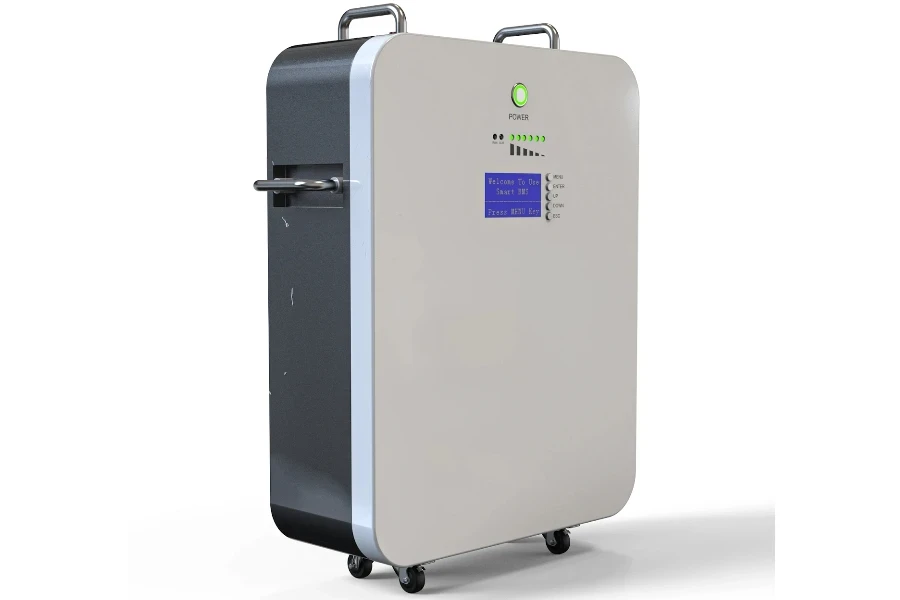
The EcoZone Smart portable solar battery bank is an affordable home battery storage solution for solar. Its output is up to 5 kWh, and you can connect up to 16 batteries in parallel.
The battery is compatible with 99% of inverters and offers 6,000 cycle life with reliable performance. It also features a PC software monitor and safety protection.
But the highlight feature is the LCD that shows the parameter monitoring in real-time and comes with a 5-year warranty.
Conclusion
Integrating batteries into solar power systems is energy-efficient and provides reliable solar power and battery backup.
Solar energy battery storage affords you energy independence by reducing your reliance on the grid. The best solar power with backup storage batteries has a long cycle life, high energy density, and safety features.
The cost of solar battery storage systems depends on their capacity and what your solar backup battery needs.
